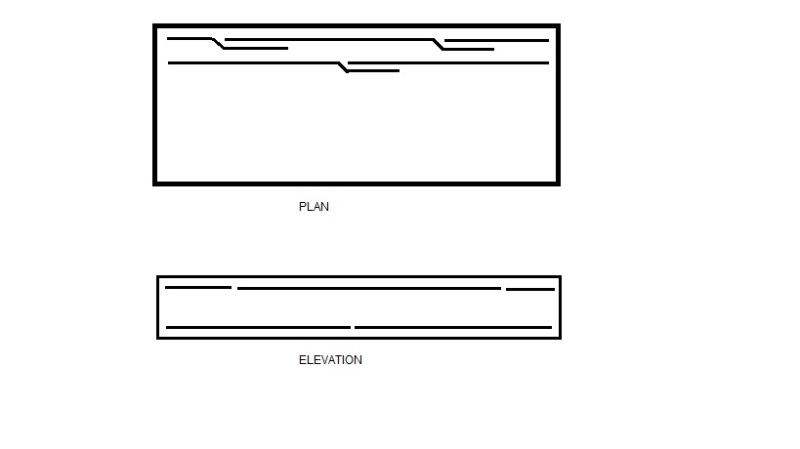delagina
Structural
- Sep 18, 2010
- 1,008
I have a slab on grade that is 70' long and will need rebar splice.
I rebar top and bottom.
I do put stagger on splice rebar location on plan view but should I stagger also top and bottom rebar?
if I have to stagger only one, which is better to stagger on plan or on elevation?
I rebar top and bottom.
I do put stagger on splice rebar location on plan view but should I stagger also top and bottom rebar?
if I have to stagger only one, which is better to stagger on plan or on elevation?



![[idea] [idea] [idea]](/data/assets/smilies/idea.gif)
![[r2d2] [r2d2] [r2d2]](/data/assets/smilies/r2d2.gif)